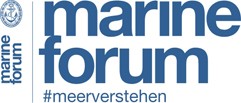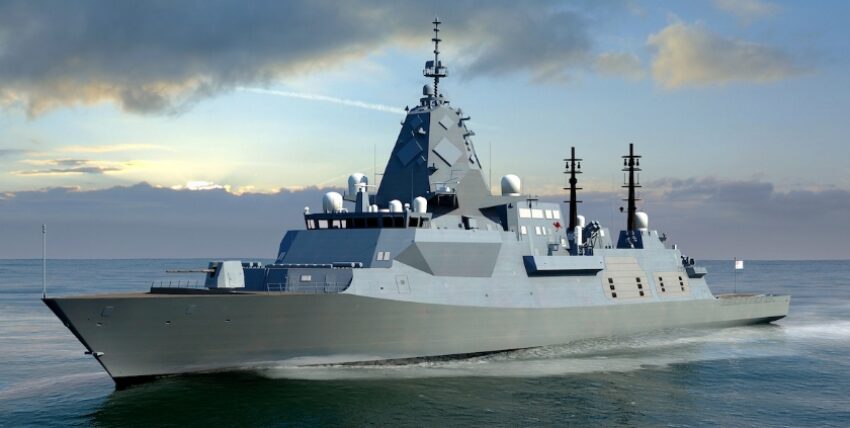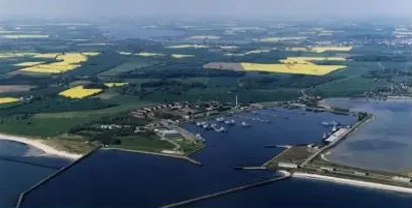Australia's future "Global Combat Ship", the Hunter-class frigates, planned with nine units of the Type 26 under construction in the UK at BAE Systems, but built and equipped in Australia by local industry, were to be one of the most efficient combat ships in the world. The budget provided for 2.5 billion euros per ship - which can certainly be described as comfortable in terms of financial planning. Due to a change in strategy in view of the Pacific threat from China, the nine ships were reduced to six, but an additional eleven smaller, cheaper multi-purpose frigates were included in the plan. However, by the beginning of 2024, more than half of the planned amount had already been spent down under on the development and initial construction of the Hunter frigates and a next tranche of almost the same size now had to be added financially. This means that 25 billion euros are already on the books for the remaining six Hunters.
Four billion euros per frigate? Pumping that much surplus into the development of national industry can be risky. An American Constellation-class newbuilding frigate costs less than 2 billion euros, a French FTI 1 billion, and a German F126 somewhere in between - and they don't need to shy away from comparison with the Hunter class in any way. Something is getting out of hand here - and that's without even mentioning the Australian-British-American SSN-AUKUS submarine construction programme with eight units (3 Virginia boats, 5 new developments) costing an estimated 230 billion euros!
The beauty of it is that the Australian public is not the least bit interested in such government spending.
ajs







